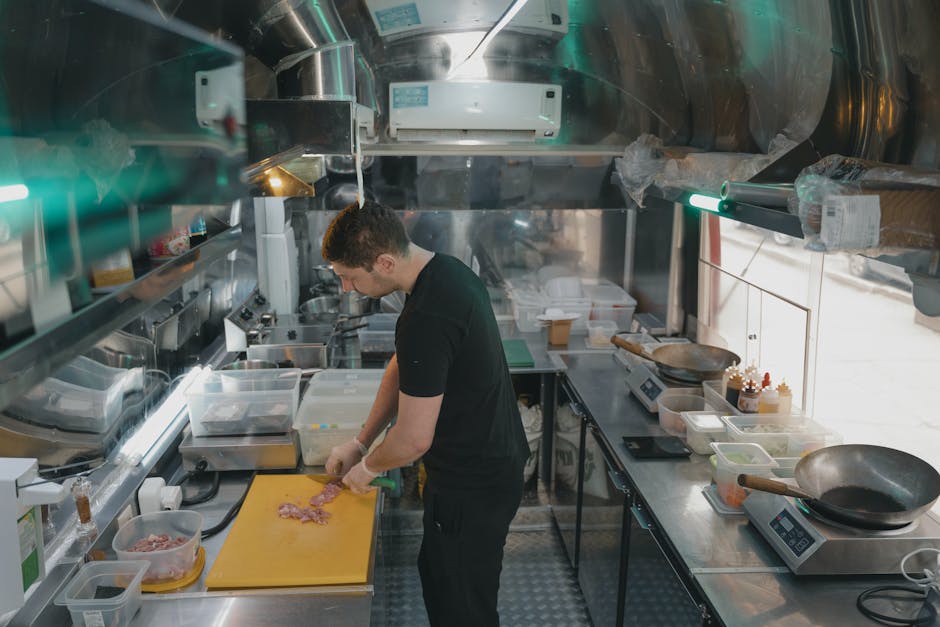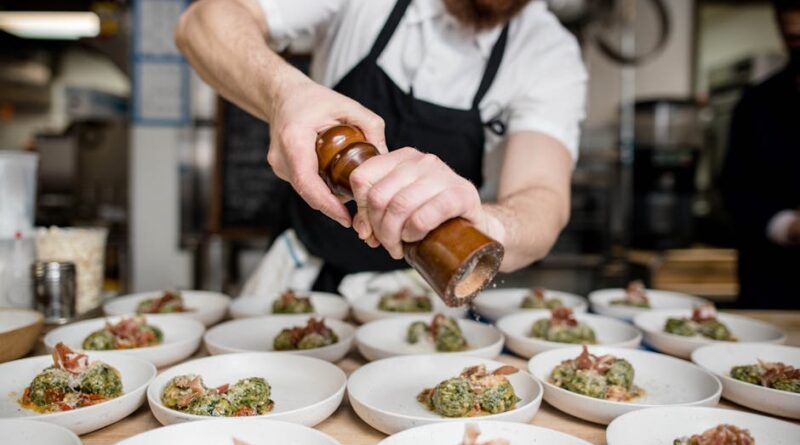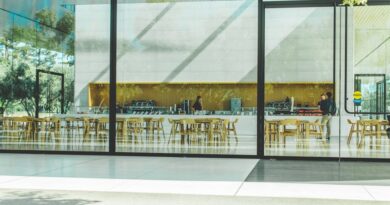Optimizing Restaurant Operations: A Comprehensive Guide
Running a successful restaurant involves much more than just serving delicious food. Efficiently managing restaurant operations is essential for ensuring customer satisfaction, maximizing profits, and sustaining long-term success. From streamlining processes to improving customer service, there are numerous strategies that restaurant owners and managers can implement to optimize their operations.
The Importance of Optimizing Restaurant Operations

Before delving into the specifics of how to optimize restaurant operations, it’s crucial to understand why this aspect of running a restaurant is so critical. Efficient operations can lead to increased productivity, reduced costs, improved customer satisfaction, and ultimately, higher profits. By optimizing various aspects of their operations, restaurants can enhance their overall performance and stay competitive in a challenging industry.
Streamlining Ordering and Inventory Management

One of the key areas where restaurants can optimize their operations is in streamlining the ordering process and managing inventory effectively. Implementing a point-of-sale (POS) system can help automate the ordering process, reduce errors, and speed up service. Additionally, using inventory management software can help restaurant owners track inventory levels, identify trends, and minimize waste.
For example, a restaurant may use a POS system that allows servers to input orders directly into the system, which then sends the information directly to the kitchen. This eliminates the need for handwritten tickets and reduces the risk of errors. Inventory management software can also help restaurants track the usage of ingredients, alerting them when stock levels are running low so they can reorder in a timely manner.
Optimizing Staff Scheduling and Training

Another critical aspect of optimizing restaurant operations is efficient staff scheduling and training. Properly scheduling staff based on projected sales and customer demand can help restaurants avoid overstaffing or understaffing, which can lead to inefficiencies and increased labor costs. Additionally, providing thorough training to staff members on various aspects of the job, including customer service, food safety, and menu knowledge, can enhance the overall dining experience for customers.
For example, a restaurant may use scheduling software that takes into account historical sales data, current trends, and seasonal fluctuations to create optimized schedules for each week. This ensures that the right number of staff is scheduled at the right times, maximizing efficiency while controlling labor costs. Training programs can also help staff members develop the skills and knowledge they need to provide exceptional service to customers.
Enhancing Customer Service and Experience

Providing excellent customer service is essential for the success of any restaurant. By focusing on enhancing the customer experience, restaurants can build loyalty, attract new customers, and differentiate themselves from competitors. Optimizing restaurant operations to improve customer service involves various strategies, such as training staff to be attentive and responsive, implementing customer feedback systems, and personalizing the dining experience.
For example, a restaurant may use a customer relationship management (CRM) system to track customer preferences, allergies, and special occasions, allowing them to provide personalized service to each guest. By anticipating customer needs and exceeding expectations, restaurants can create memorable dining experiences that keep customers coming back.
Utilizing Technology to Improve Efficiency
In today’s digital age, technology plays a crucial role in optimizing restaurant operations. From online ordering systems to reservation platforms, there are numerous tools and technologies that restaurants can leverage to improve efficiency, enhance the customer experience, and streamline operations. Embracing technology can help restaurants stay competitive, attract tech-savvy customers, and adapt to changing consumer preferences.
For example, a restaurant may use an online reservation system that allows customers to book tables in advance, reducing wait times and improving table turnover. Additionally, implementing a mobile ordering app can enable customers to place orders from their smartphones, increasing convenience and efficiency for both customers and staff.
Monitoring and Analyzing Key Performance Indicators
Tracking and analyzing key performance indicators (KPIs) is essential for optimizing restaurant operations. By monitoring metrics such as food costs, labor costs, table turnover rates, and customer satisfaction scores, restaurants can identify areas for improvement, make data-driven decisions, and measure the success of their optimization efforts. Regularly reviewing KPIs can help restaurants stay on track toward their goals and make adjustments as needed.
For example, a restaurant may track their food costs as a percentage of revenue to ensure they are maintaining healthy profit margins. By analyzing this KPI regularly, they can identify inefficiencies in their menu pricing, portion sizes, or ingredient sourcing and make adjustments to improve profitability.
Implementing Sustainable Practices
Optimizing restaurant operations also involves implementing sustainable practices that benefit both the environment and the bottom line. By reducing waste, conserving energy, and sourcing ingredients responsibly, restaurants can not only minimize their environmental impact but also attract eco-conscious customers and reduce operating costs. Embracing sustainability can lead to long-term success and a positive reputation in the community.
For example, a restaurant may partner with local farmers and suppliers to source fresh, seasonal ingredients, reducing the carbon footprint associated with transportation and supporting the local economy. Additionally, implementing recycling programs, composting food waste, and using energy-efficient appliances can help restaurants reduce costs and minimize their environmental footprint.
Continuously Improving and Adapting
Optimizing restaurant operations is an ongoing process that requires continuous improvement and adaptation. To stay ahead of the competition and meet the changing needs of customers, restaurants must be willing to experiment, innovate, and evolve. By seeking feedback from customers, staying informed about industry trends, and being open to change, restaurants can continually optimize their operations and drive success.
For example, a restaurant may regularly survey customers to gather feedback on their dining experiences and identify areas for improvement. By listening to customer suggestions and complaints, restaurants can make adjustments to their menu, service, or operations to better meet customer expectations and enhance satisfaction.
Common Misconceptions
One common misconception about optimizing restaurant operations is that it requires a significant financial investment. While implementing new technologies or systems may involve upfront costs, there are many low-cost or no-cost strategies that restaurants can use to improve efficiency and customer service. By focusing on areas such as staff training, process improvement, and waste reduction, restaurants can optimize their operations without breaking the bank.
Conclusion
To wrap things up, optimizing restaurant operations is essential for the long-term success and sustainability of any restaurant. By streamlining ordering and inventory management, optimizing staff scheduling and training, enhancing customer service, utilizing technology, monitoring KPIs, implementing sustainable practices, and continuously improving and adapting, restaurants can improve efficiency, reduce costs, and enhance the overall dining experience for customers. By embracing these strategies and staying committed to excellence, restaurants can thrive in a competitive industry and build a loyal customer base.
Remember, the key to success lies in constantly evaluating and refining your operations to meet the changing needs and expectations of your customers. By prioritizing efficiency, customer satisfaction, and sustainability, restaurants can optimize their operations and position themselves for long-term success in the ever-evolving foodservice industry.




